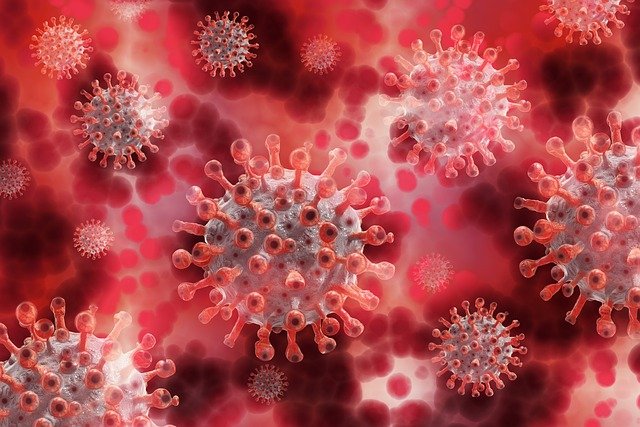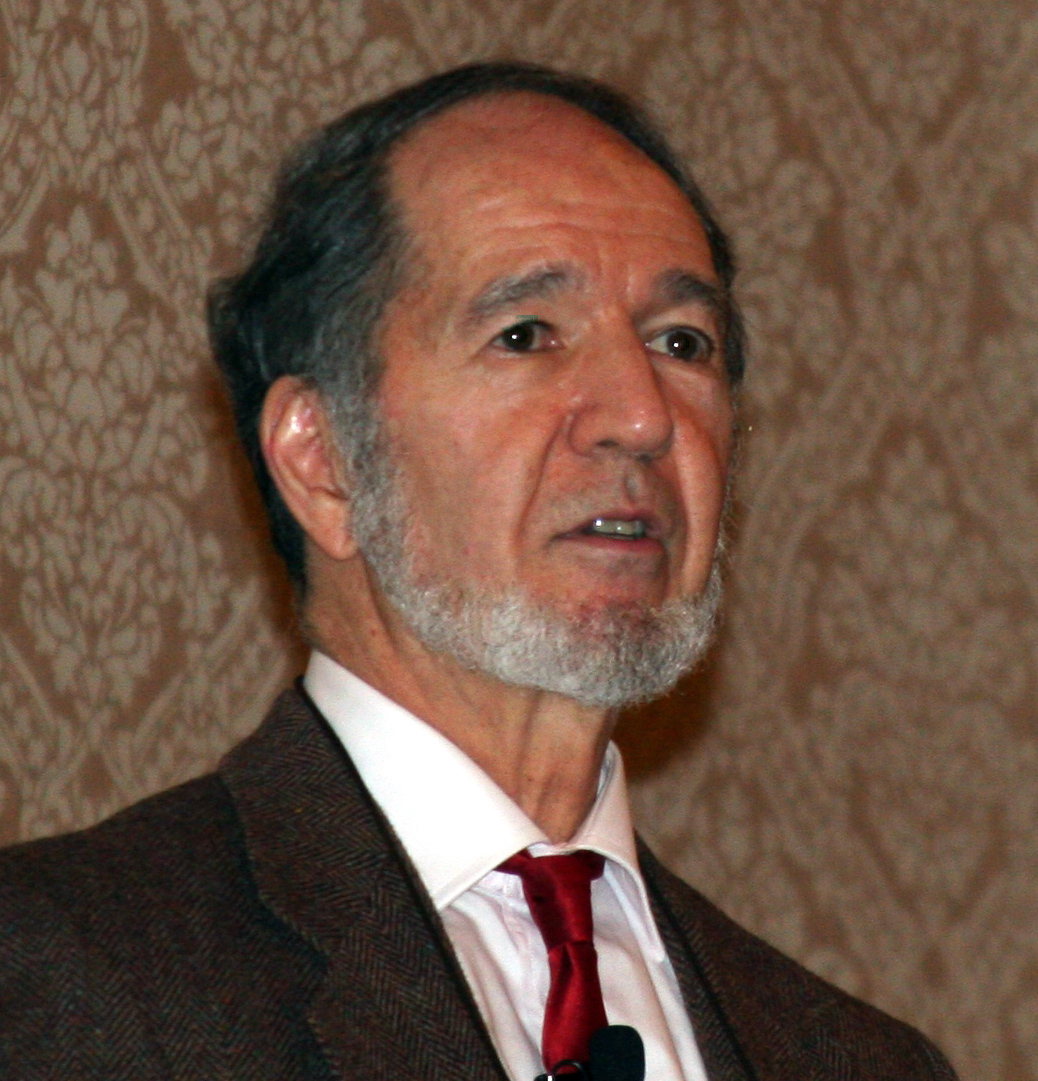As part of “after-corona society” argument, let’s think from a pathological point of view.

A while ago, a book titled Guns, Germs, and Steel became popular worldwide. As is discussed in the book, germs have had a huge impact on human history:
Because diseases have been the biggest killers of people, they have also been decisive shapers of history. Until World War II, more victims of war died of war-borne microbes than of battle wounds. All those military histories glorifying great generals oversimplify the ego-deflating truth: the winners of past wars were not always the armies with the best generals and weapons, but were often merely those bearing the nastiest germs to transmit to their enemies.
Jared Diamond, Guns, Germs and Steel: The Fates of Human Societies, p.197

Jared Diamond(source:Wikipedia)
One major contribution Florence Nightingale has made to history was to compile and analyze the cause of death among soldiers engaged in wars and reveal that infection post-injury was the predominant reason of death rather than the impact of wound itself. With these findings, she urged the government and army to set up sanitary hospitals in battlefields to prevent the loss of life.
In Jared Diamond’s book, he points out that harmful germs proliferated in human society mostly due to the rise of cities (i.e. high densification of human settlements) and domestication of herd animals, both of which are associated with food production. In other words, infectious diseases spread in crowded environments.
In looking at the current Coronavirus crisis from this viewpoint, we should note the origin of this virus: Wuhan, China. We know that there is a virus research facility in Wuhan, but a more basic fact is that Hubei province where Wuhan is located is in a subtropical zone. Summer is hot and humid, and Wuhan is particularly known for its high temperature – in fact, it is one of the “three furnaces of China” together with Chongqing and Nanjing. Typical civilized cities in most cases so far are all located in cold area of northern countries. Europe and North America are obvious examples, and Tokyo is in a temperate zone even at its hottest. One notable trend in recent years, however, is the rapid development of countries in tropical and subtropical regions, including Southeast Asia and India.
In terms of biodiversity, while there is no consensus yet, in almost all cases low latitude (tropic) regions are more abundant in species than high latitude (cold, temperate) regions. If this is true, urbanization of the tropical and subtropical areas, and the physical connection between these and other cities through globalization, would open Pandora’s box. Shenzhen of Guangdong Province is also an example of this: originally a fishing village of 30,000 people has grown to a massive city with 13 million people in the last 30 or 40 years. A warm climate that supports abundant biodiversity, growing cities and large-scale livestock farming, and many infectious diseases being borne from human-animal interactions – when we think about these factors all together, we may have to deal with a grand challenge associated with international development, particularly from an epidemiological perspective.

The Spanish flu is said to have started in the United States, in a military base, and spread globally through troops sent to Europe during the First World War. The direct cause of the collapse of the Inca Empire and the Aztecs of Central and South America was also said to be the spread of smallpox brought by the Spanish. Historically, migration always accompanied a new spread of disease. What we are facing now seems no different; is this the past repeating itself? Economic development of low and middle income countries and a globalized society – this is a new challenge humankind must face.